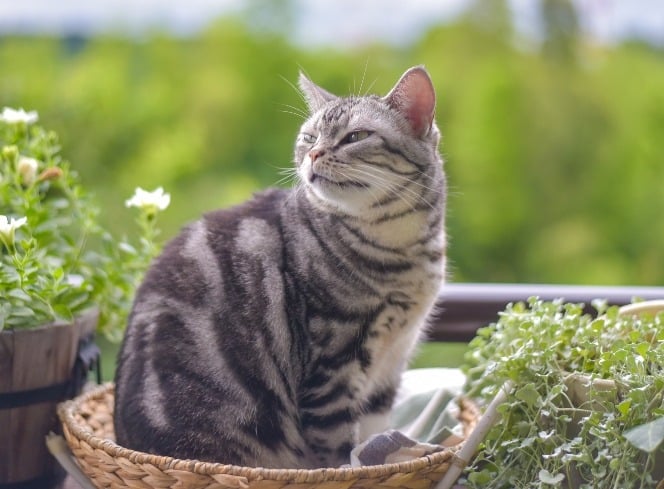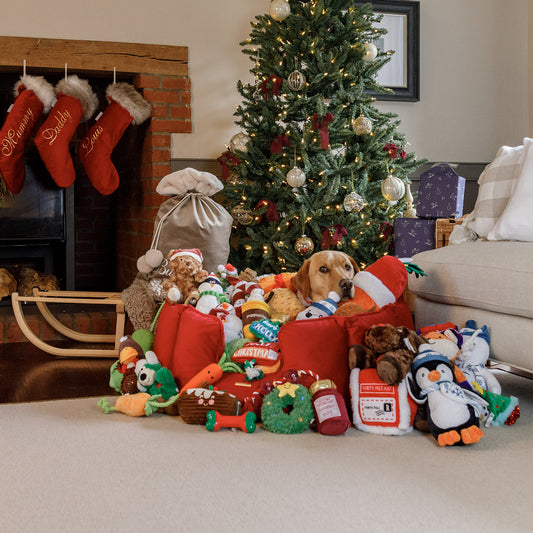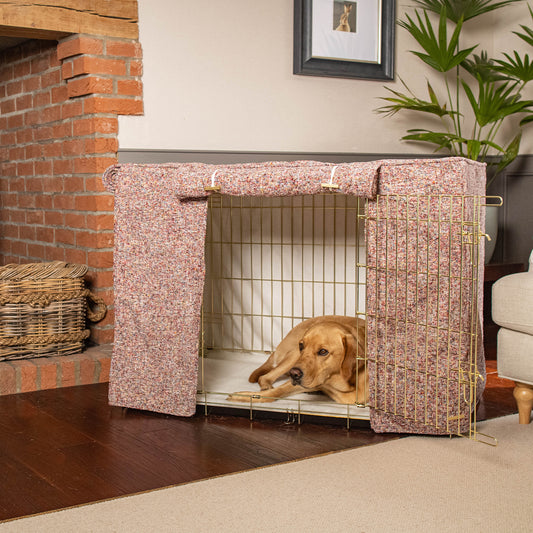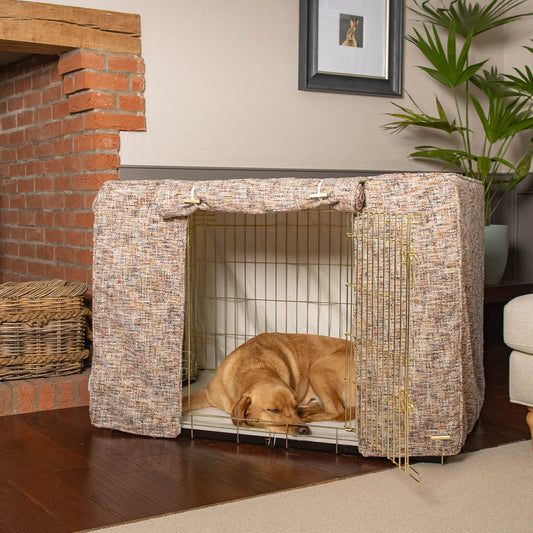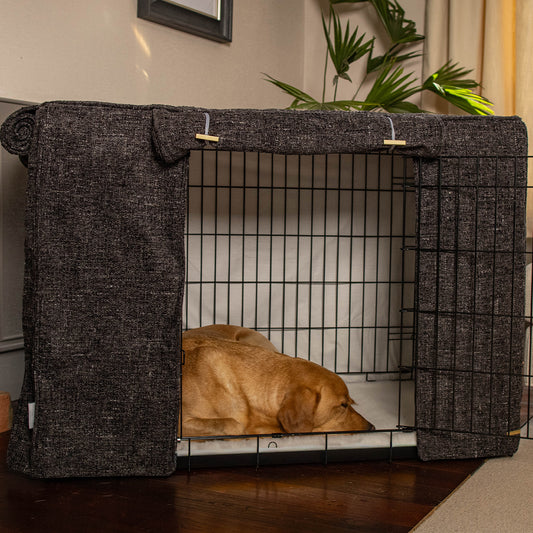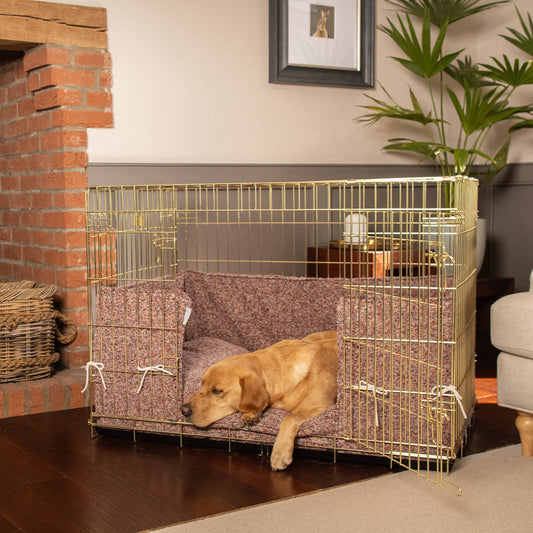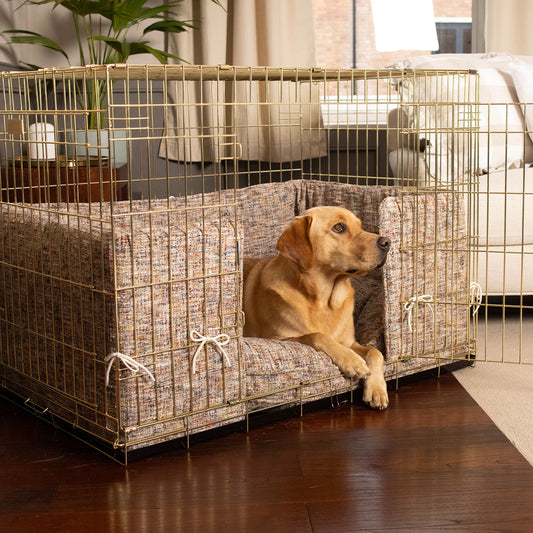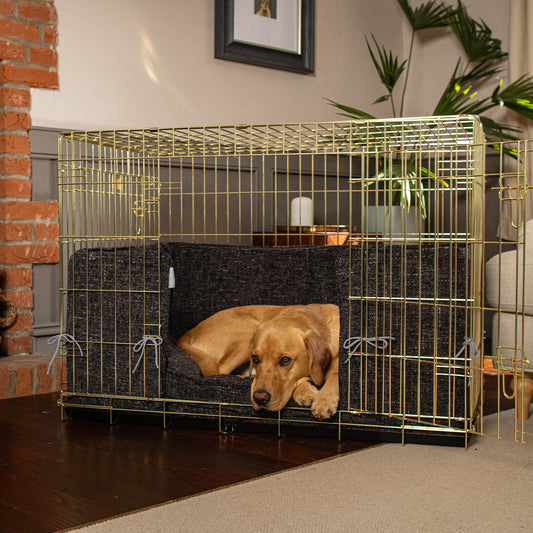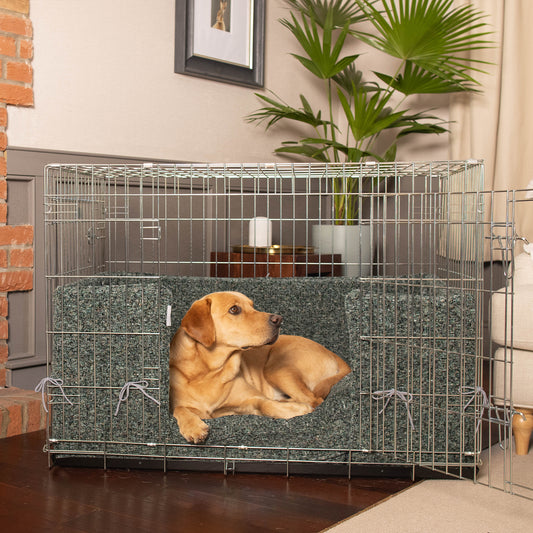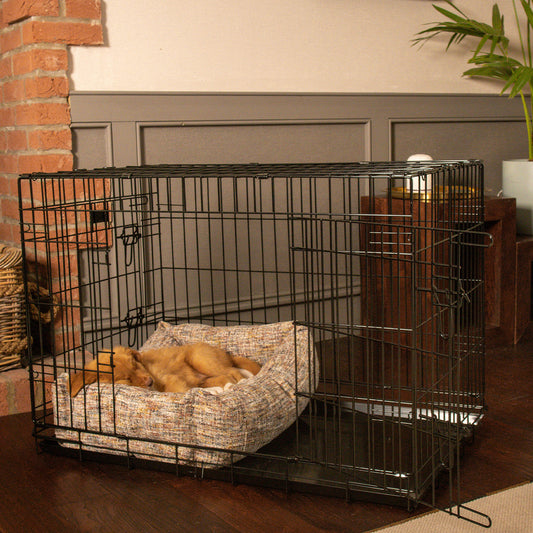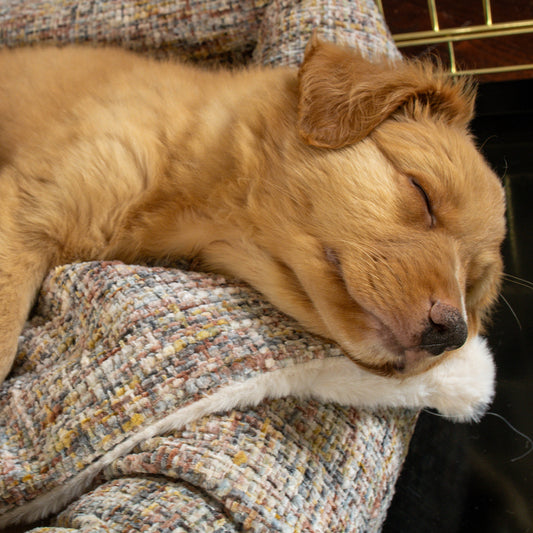A cat collar isn’t just a style choice, but is a way to help keep your cat safe. You can easily attach your contact details to a collar in case they get lost. They are a brilliant accessory for outdoor cats in case they lose their way or get stuck somewhere such as someone else’s garden shed.
We’d suggest buying a safe cat collar with a breakaway buckle just in case they get caught on something. You could also choose one that has a bell which will help to notify birds and other animals that your cat is on the prowl - it might just reduce the risk of living ‘presents’ appearing on your doorstep in the morning!
In this blog we highlight our favourite cat collars and some of the best accessories to go with them.
Our favourite cat collars
- Ancol Striped Cat Collar - This cat collar has a classic stripe design that will suit any fussy feline. This one comes without a bell which is ideal as a first collar or for those cats who get annoyed at the sound of a bell. It’s a fully adjustable type with a breakaway collar for safety. Available in 2 colours.
- Velvet Collar with Bow Tie Quick Release Cat Collar - This cute collar is made from a super soft velvet offering comfort to any cat. It even has a fabulous bow tie, ensuring your feline stays stylish too. There’s a bell which will notify predators that your kitty is about and a breakaway buckle for safety. You could easily add an ID tag to this one if you wish.
- Ancol Reflective Cat Collar - This collar is designed with your cat’s visibility in mind. It can be difficult for motorists to see cats in the dark, but this collar will ensure that they can. It’s made of a reflective fabric that will be highlighted when car lights or street lights shine on it. It has an added bell and breakaway buckle making it a practical choice for any cat owner.
- Ancol Safety Hi Viz Cat Collar - This has many of the same benefits as the reflective collar, but in a hi-viz fabric. The hi-viz element ensures visibility in
- Rosewood Bow Tie Cat Collar - This bow tie is for the feline fashion fanatics. It comes with a bow tie attachment and is finished with a crystal in the centre. Style, safety and function all in one collar. Available in a choice of red or navy.
Our favourite collar charms & accessories
- Rosewood ID Tube - An essential safety accessory for your cat’s collar, this ID tube can be affixed to the metal loop on your cat’s collar and allows for you to put your contact details inside. It’s compact enough for your cat to wear without hindering their movement. A brilliant addition to help keep your cat safe.
- Hiro + Wolf X L&L Cat Bow Tie - These adorable cat bow ties can be attached to any slim cat collar and will add a stylish finishing touch to your cat’s look. They are handmade in the UK and the prints are an exclusive collaboration by our in-house design team and Hiro + Wolf. They simply loop on to your cat’s existing collar and can be removed just as easily - perfect for special occasions when you want your feline to look their best!
- Circle Diamanté Mirrored Collar Charm - If you have an indoor cat who wears a collar, this collar charm will add a delightful accent to it. A luxe pet accessory, it features real Swarovski crystals and an inset mirror. This is a collar charm for the most pampered of pets!
Our favourite cat harnesses
- Ancol Kitten Harness - This cat harness is perfect for training indoor cats to walk on a lead. If you have an indoor cat and want to give them some extra exercise without letting them loose in the garden, a harness and lead is a great way to give them a taste of the outdoors in a controlled way. This super soft cat harness is ideal for lead training kittens and older cats. It has a large surface area giving supreme comfort to your feline. Just clip on any lead and you'll be all set for your outdoor adventures. It comes in 3 sizes with a size to suit every age and breed of cat.
- Designed by Lotte Cat Harness and Lead - If you're looking for a premium walking set for your cat complete with matching lead then this set by Designed by Lotte might be just the thing. It comes in two stylish colours with a style to suit every taste. It has fully adjustable traps to give the best fit possible and the open style will offer your cat or kitten total freedom of movement.
Introducing a collar or harness to your cat
If your cat has never worn a collar or harness, remember to start slowly and never force them to wear them if they act scared. Try introducing the collar by allowing them to sniff it and give them a couple of treats after so they associate it with positive things. It should be a steady process over a few days. When they first put the collar or harness on, take it off after a few minutes and steadily increase the time they wear it over a few sessions. They should soon get used to their new accessories! It's often best to introduce wearable accessories when your kittens are young. It is likely to take an adult cat much longer to get used to new things and they may not take to wearing them at all. Remember to take your particular cat's temperament and personality into consideration and not to force them to wear anything if they really don't want to.
Remember to microchip your pets
Is your cat microcipped yet? If not then you should definitely have your cat microchipped as soon as possible. Whilst a collar with ID tag is great in many instances for cats who get lost and found by a neighbour, a microchip is beneficial in case the collar gets lost. It's also a way for stolen pets to be tracked when found. A microchip will stay with your pet in all events and should have your full contact details in case of loss - remember to update the microchip details if you move house!


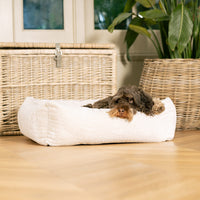

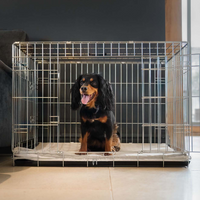

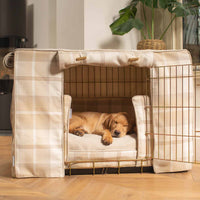
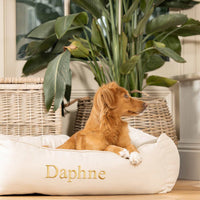
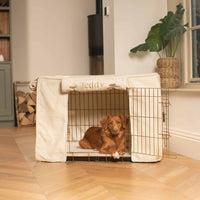
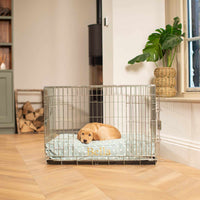
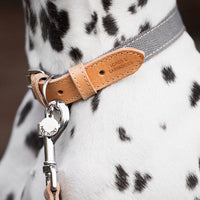



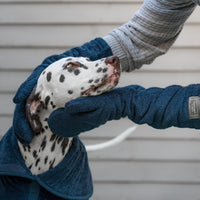

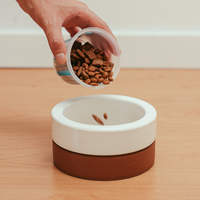



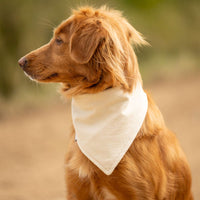
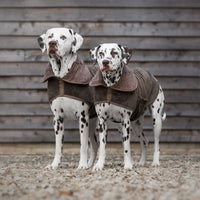
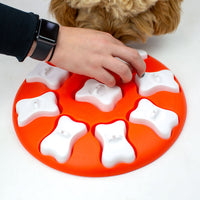
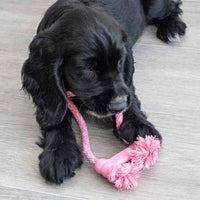
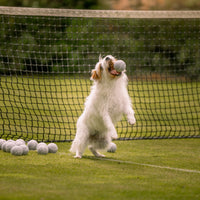
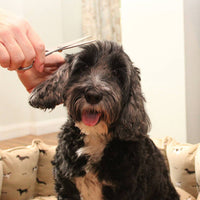

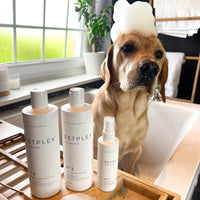

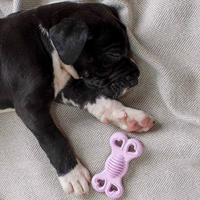
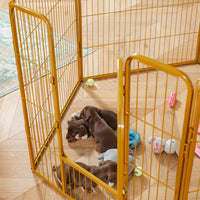
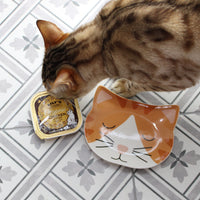
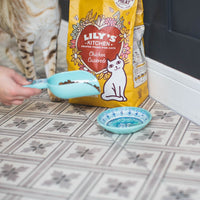
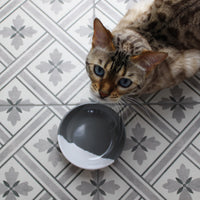
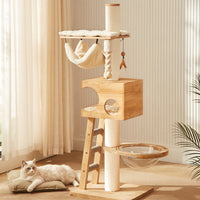
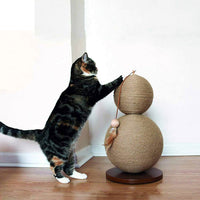
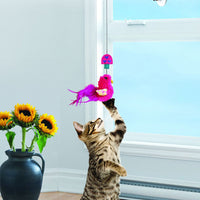
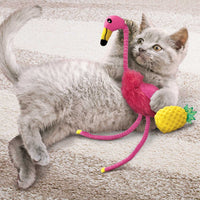
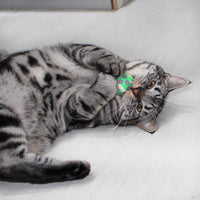
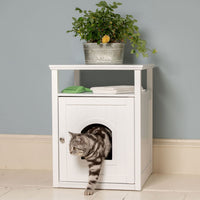
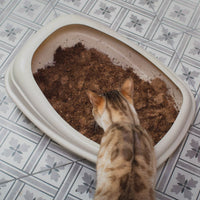
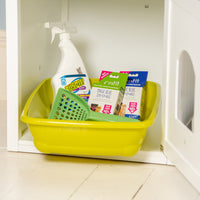
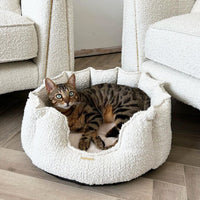
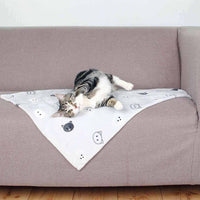
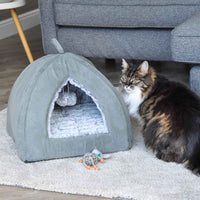
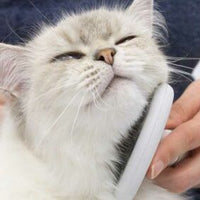
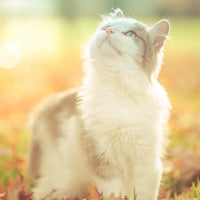


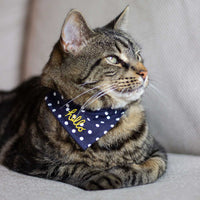
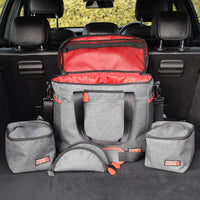

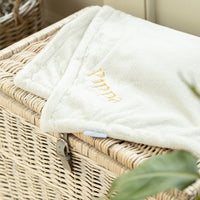
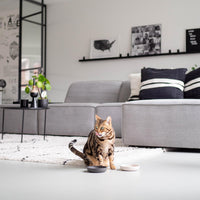




![[color:pink velour and floral]](http://www.lordsandlabradors.co.uk/cdn/shop/products/ancol-safety-buckle-cat-collar-with-bow-and-bell-pink.jpg?v=1636975566&width=533)

![[color:red gloss]](http://www.lordsandlabradors.co.uk/cdn/shop/products/ancol-gloss-reflective-cat-collar-red.jpg?v=1634808491&width=533)




